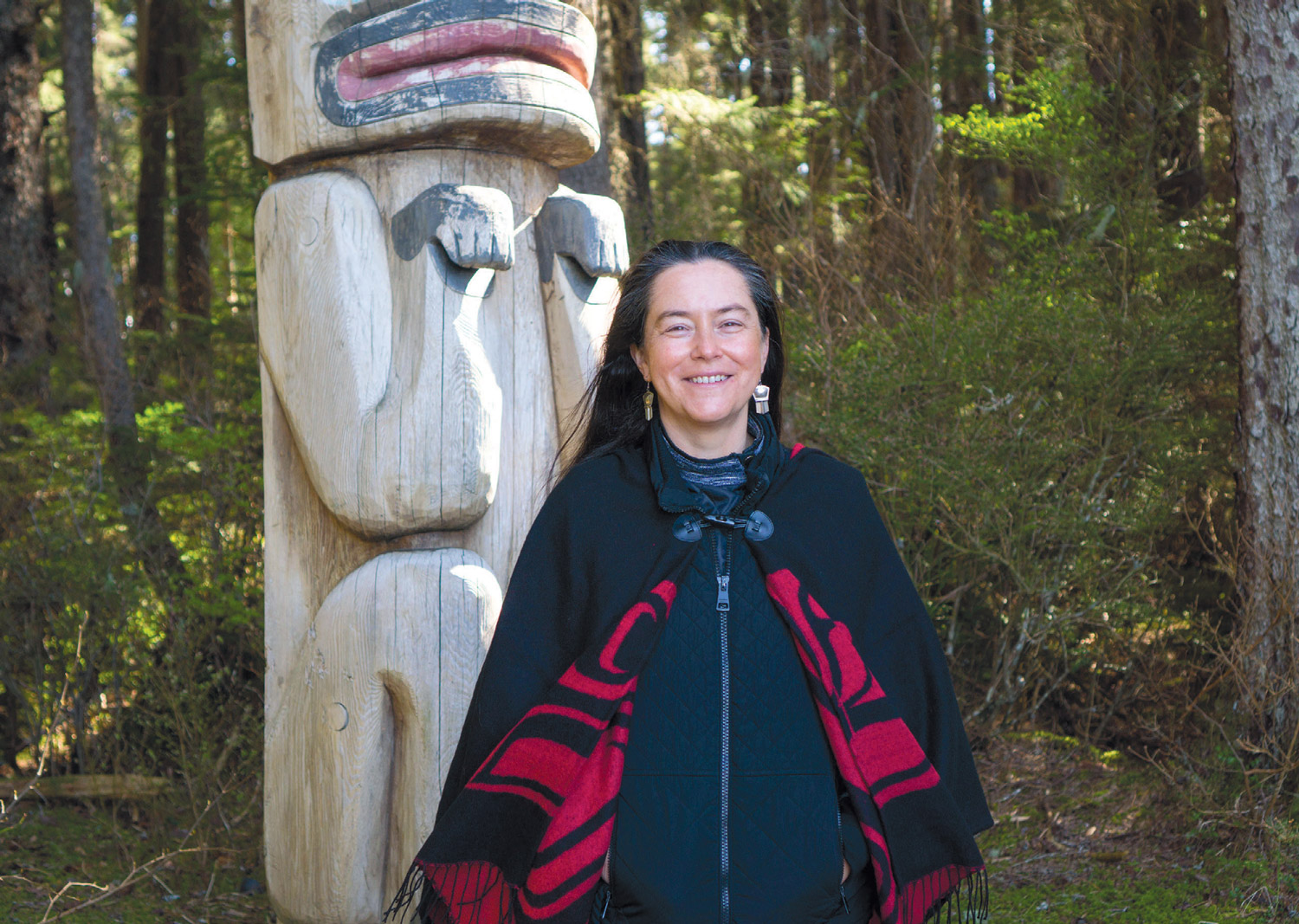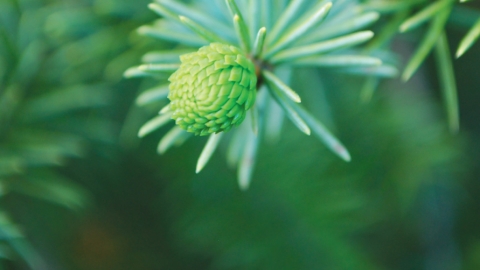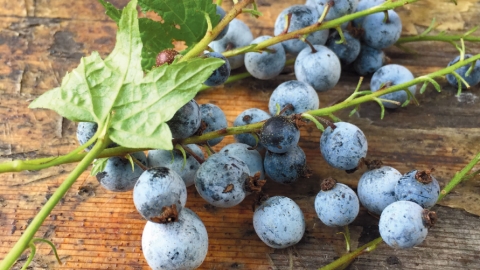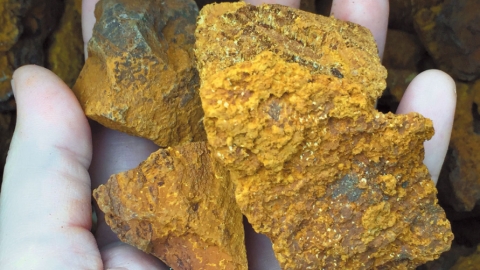Homegrown Healer
For thousands of years, Alaska’s first peoples lived on and stewarded the lands, which in turn provided for them. The story of the people changed when the lands and waters were colonized and exploited for fur, minerals, fish, oil, and gas. Since that contact, food systems and lifeways have been disrupted and Indigenous people have been working to find and maintain balance, re-build these systems, and, in some cases, re-imagine what has been lost.
Vivian Yéilk’ Mork is a teacher who has learned by listening, observing, and honoring her culture. She is Tłingit, born and raised in Wrangell to a large multicultural family. In the Tłingit way, she is of the Raven moiety, T’akdeintaan clan, a child of the Teikweidí Brown Bear People, a grandchild of the Kaagwaantaan, and her name, Yéilk’, means Cute Little Raven. Although she was born in Wrangell, her people came from the Glacier Bay area of Hoonah. She is proud to be of a people who have stewarded what is now known as the Tongass, the largest intact temperate rainforest in the world. Mork views the Tongass as not only important to her people but also to the world as it is one of the biggest oxygen producers and one of the largest and most diverse ecosystems on the planet. The Tongass is critical to the local salmon and herring.
The knowledge that Mork now carries and shares as a teacher was gifted to her by her elders, family, community, and friends. In her eyes, “this ocean connects us and we are interconnected, and I feel that I have a responsibility to give this knowledge to people who want to perpetuate and protect this place. What we want to survive as a culture we must give to the next generation and create systems that continuously perpetuate this knowledge. Some of the systems that we use [and have used] traditionally have been disrupted in our story of colonization and access and knowing is not the same way as it used to be.”
As a teacher, and traditional foods and medicine teacher, Mork has found many avenues to share her knowledge through. Teachers trained by Mork have shared their knowledge with pre-kindergarten children, passing on their learning about food sustainability and healing plants. She has taught youth at the Zach Gordon Youth Center in Juneau, and people of all ages through various programs that feed, through the Sealaska Heritage Institute, the Sitka Tribe of Alaska, the Central Council of Tłingit and Haida Indian Tribes of Alaska, the Sitka Conservation Society, AWARE, and its affiliate program Haa Tóoch Lishéesh. Through her business, Planet Alaska, she sells plant medicine that she makes, and she teaches people about plants as food and medicine through the walks she leads with her Hike, Harvest, and Heal program.
Mork feels that it is important for people to understand that the rich harvest time during which we can experience and cultivate relationships with the land and water and their cycles can begin much sooner than one would expect. This is especially true of Southeast Alaska, which is more temperate than most places to the north. Spring greens can appear as early as February, March, and April in the form of cottonwood buds, fireweed shoots, fiddleheads, lovage, salmonberry shoots, and beach asparagus. Mork would like plant learners to understand that this timing and how systems of learning are built around it are also true of fish harvesting. In Alaska, fish camp timing is generally centered on salmon that are harvested in summer. Mork believes that there would be more opportunities to teach people about robust food systems if greater focus was placed on herring and their signal of spring that appears on the early side of mid-April. “The herring,” Mork says, “come in with inspiration and give life to all things.” She travels to Sitka during the time of herring to teach and be part of the herring potlatch and spring gathering. Herring spawn, which are collected on hemlock boughs that are intentionally placed in spawning grounds, are gifted and shared and the belief from time immemorial that “the more we give, the richer we are” gets carried forward.
While Mork’s work is about sharing her knowledge, she is also careful to impart the importance of sustainability and respect for what people harvest. She says that even a careful observer will take years to learn a plant if they are fully learning it and observing it over many seasons, but it is important to look at the plant and consider all that is around it as well. She cited s’áxt (devil’s club) as an example because it is a powerful plant that should not be taken for granted. Also, it has an important role in creating shade and protection for the streams and juvenile salmon that the plants stand over. With more popular awareness of the plant’s medicinal properties, though, there is always the risk of over-harvesting and harming landscapes. That is why she likes to direct plant learners to invasive species first because so much nourishment can be derived from them with no risk of impacting the ecosystem. Dandelion, chickweed, and knotweed, for instance, can be used for food and medicine. Mork warns to take caution in areas possibly tainted by herbicides.
“We are our own healers, our own leaders. We are all capable of this. All of us are the people we have been waiting for,” Mork says. “The time will always be now.”
Editors’ note: read contributions from Mork in past issues of Edible Alaska








